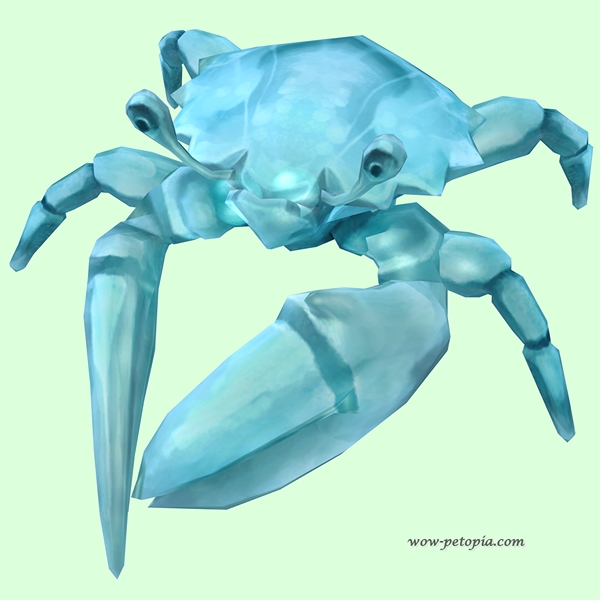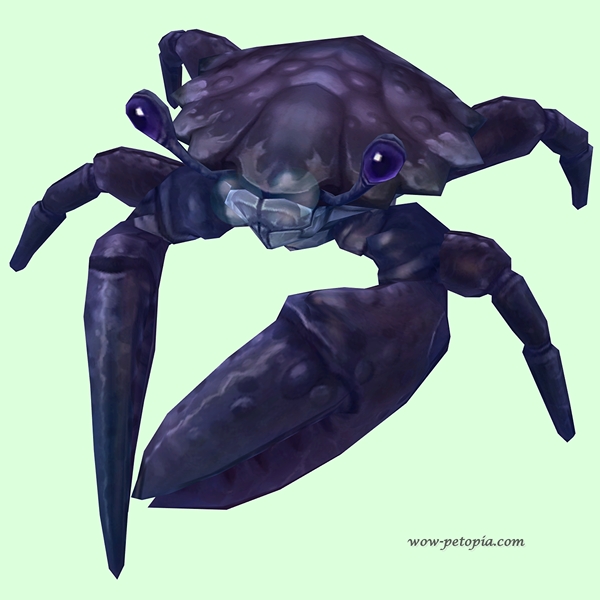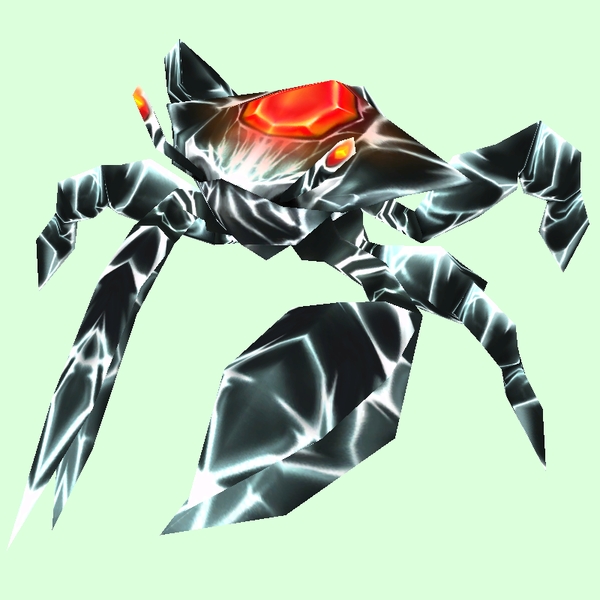Wow The Crab Photos: Unveiling The Marvels Of Crustacean Photography
Crab photography has become a fascinating niche in the world of wildlife photography, captivating enthusiasts and professionals alike with its vibrant colors and intricate details. The unique characteristics of crabs make them an ideal subject for photographers seeking to explore the wonders of marine life. From their vibrant shells to their remarkable behaviors, crabs offer endless opportunities for creativity and discovery.
As the interest in underwater photography continues to grow, capturing stunning images of crabs has emerged as a specialized area that demands skill, patience, and a deep appreciation for nature. Photographers around the world are increasingly drawn to this genre, seeking to document the beauty and diversity of these fascinating creatures.
In this article, we will delve into the captivating world of crab photography, exploring the techniques, tools, and tips that can help you create stunning images. Whether you're a beginner or an experienced photographer, this guide will provide valuable insights to enhance your skills and inspire your creativity.
- How Did Megan Thee Stallion Father Passed Away
- Sagal Twins Today
- Who Died In The Labrant Family
- Christmas Card Kardashian 2013
- Matt And Amy Divorce
Table of Contents
- Biography of Crab Photography
- Types of Crabs in Photography
- Photography Techniques for Crabs
- Essential Equipment for Crab Photography
- Best Locations for Capturing Crabs
- Understanding Crab Behaviors
- Composition Tips for Stunning Images
- Common Challenges in Crab Photography
- Post-Processing Software for Crab Photos
- Conclusion: Your Next Steps in Crab Photography
Biography of Crab Photography
Crab photography is not just about taking pictures; it's about capturing the essence of these incredible creatures. The history of crab photography dates back to the early days of underwater exploration, when photographers first began documenting marine life in its natural habitat.
Over the years, advancements in technology have made it easier for photographers to capture high-quality images of crabs. Today, this genre attracts a diverse range of photographers, from hobbyists to professionals, all eager to showcase the beauty of these crustaceans.
Data and Biodata of Crabs
| Attribute | Details |
|---|---|
| Name | Crabs |
| Scientific Classification | Crustacea |
| Habitat | Ocean floors, coral reefs, mangroves |
| Size | Varies from a few millimeters to over a meter |
| Colors | Vibrant shades of red, blue, orange, and green |
Types of Crabs in Photography
One of the most exciting aspects of crab photography is the diversity of species available as subjects. From the vibrant Christmas Island red crabs to the elusive coconut crabs, each type offers unique opportunities for creative expression.
- Sheryl Lee Ralph Weight Loss
- Elizabeth Taylor Mike Todd
- Latto Fat
- Teyana Taylor And Iman Shumpert Wedding
- Kelly Clarkson Red Carpet
- Red Crabs: Known for their striking red shells, these crabs are a popular choice for photographers.
- Blue Crabs: With their bright blue claws, these crabs add a splash of color to any image.
- Hermit Crabs: Famous for their ability to change shells, hermit crabs provide endless possibilities for storytelling in photography.
Photography Techniques for Crabs
Mastering the art of crab photography requires a combination of technical skills and artistic vision. Here are some techniques to help you capture stunning images:
1. Macro Photography: This technique allows you to capture the intricate details of a crab's shell and claws, revealing textures and patterns that are often overlooked.
2. Underwater Lighting: Proper lighting is crucial for bringing out the vibrant colors of crabs. Use external strobes or LED lights to enhance the natural hues of your subject.
3. Patience and Observation: Spend time observing the behavior of crabs before attempting to photograph them. This will help you anticipate their movements and capture the perfect shot.
Essential Equipment for Crab Photography
Having the right equipment is essential for successful crab photography. Here are some tools you'll need:
- Digital Camera: A high-resolution camera with manual controls is ideal for capturing detailed images.
- Macro Lens: This specialized lens allows you to get up close and personal with your subject, revealing intricate details.
- Underwater Housing: If you're shooting in marine environments, an underwater housing will protect your camera from water damage.
Best Locations for Capturing Crabs
Certain locations around the world offer unparalleled opportunities for crab photography. Here are some of the best spots to consider:
1. Great Barrier Reef, Australia: Home to a diverse range of marine life, this UNESCO World Heritage site is a paradise for crab photographers.
2. Galapagos Islands, Ecuador: Famous for its unique wildlife, the Galapagos Islands provide a fascinating backdrop for capturing crabs in their natural habitat.
3. Christmas Island, Australia: Known for its annual red crab migration, this location offers breathtaking opportunities for macro photography.
Understanding Crab Behaviors
To capture compelling images, it's important to understand the behaviors of crabs. Here are some key behaviors to look out for:
- Molting: During this process, crabs shed their old shells to grow new ones, creating a unique photographic opportunity.
- Feeding: Observing crabs as they feed can provide fascinating insights into their daily lives.
- Mating: Capturing the mating rituals of crabs can result in stunning and intimate images.
Composition Tips for Stunning Images
Good composition is key to creating visually appealing crab photographs. Here are some tips to enhance your images:
1. Rule of Thirds: Position your subject off-center to create a more dynamic composition.
2. Leading Lines: Use natural elements like coral or rocks to guide the viewer's eye towards the crab.
3. Background: Choose a clean and uncluttered background to ensure your subject stands out.
Common Challenges in Crab Photography
Despite its rewards, crab photography comes with its own set of challenges. Here are some common obstacles and how to overcome them:
1. Movement: Crabs are often fast-moving creatures, making it difficult to capture sharp images. Use a fast shutter speed to freeze the action.
2. Lighting: Poor lighting can result in dull and uninspiring images. Experiment with different lighting setups to find the best solution.
3. Environment: Shooting in underwater environments can be challenging due to factors like water currents and visibility. Practice and preparation are key to overcoming these issues.
Post-Processing Software for Crab Photos
Once you've captured your images, post-processing can enhance their quality and bring out their full potential. Here are some popular software options:
- Adobe Lightroom: Ideal for adjusting exposure, contrast, and color balance.
- Adobe Photoshop: Offers advanced tools for retouching and editing images.
- GIMP: A free and open-source alternative for image editing.
Conclusion: Your Next Steps in Crab Photography
In conclusion, crab photography offers a world of possibilities for those willing to explore and experiment. By mastering the techniques, tools, and tips discussed in this article, you can create stunning images that showcase the beauty and diversity of these remarkable creatures.
We invite you to take the next step in your journey by practicing your skills, sharing your work, and engaging with the vibrant community of wildlife photographers. Leave a comment below to let us know what you think, and don't forget to explore our other articles for more inspiration and guidance.
References:
- Elizabeth Taylor Mike Todd
- Tim And Mark Supermarket Sweep
- Quinta Brunson Body
- Pre Med Student Stabs Mom
- Black Twin Actresses

Light Blue Crab Pet Look Petopia Hunter Pets in the World of Warcraft

Indigo Crab Pet Look Petopia Hunter Pets in the World of Warcraft

Classic Onyx & Ruby Crab Pet Look Petopia Hunter Pets in the